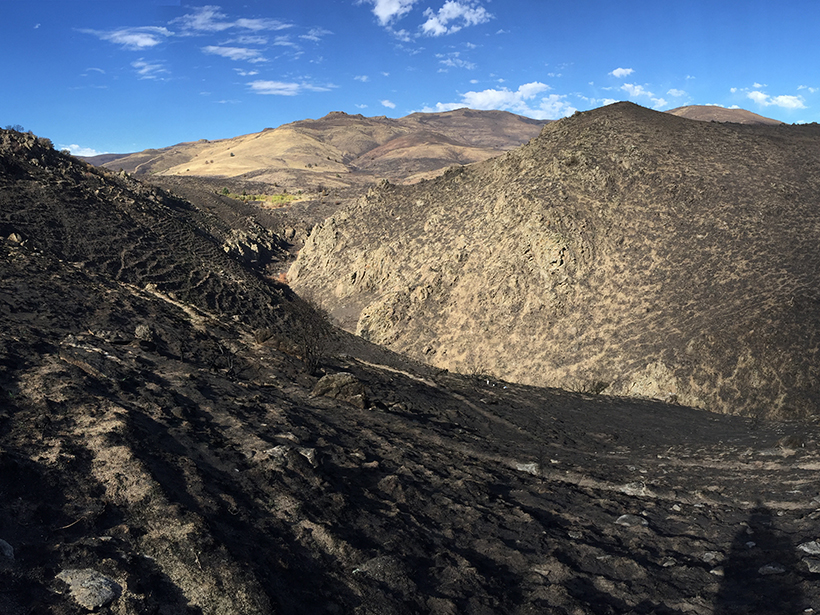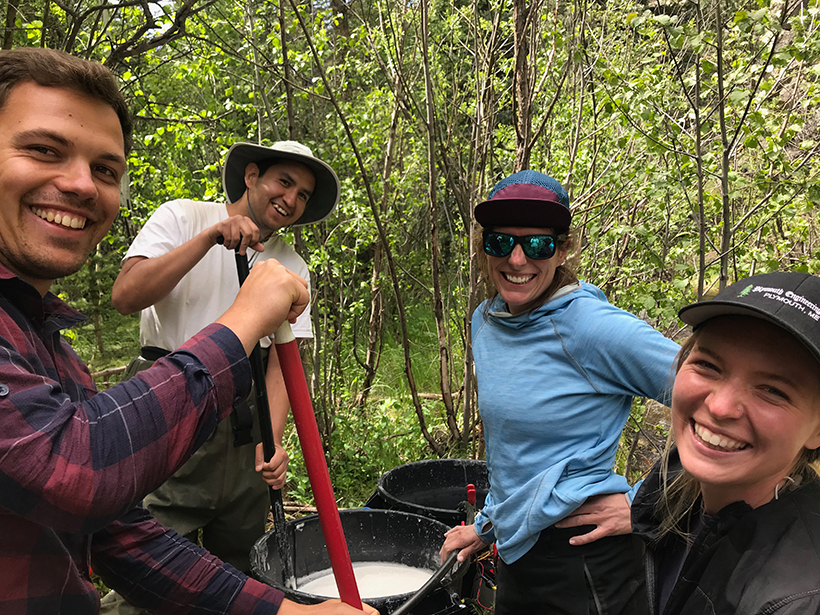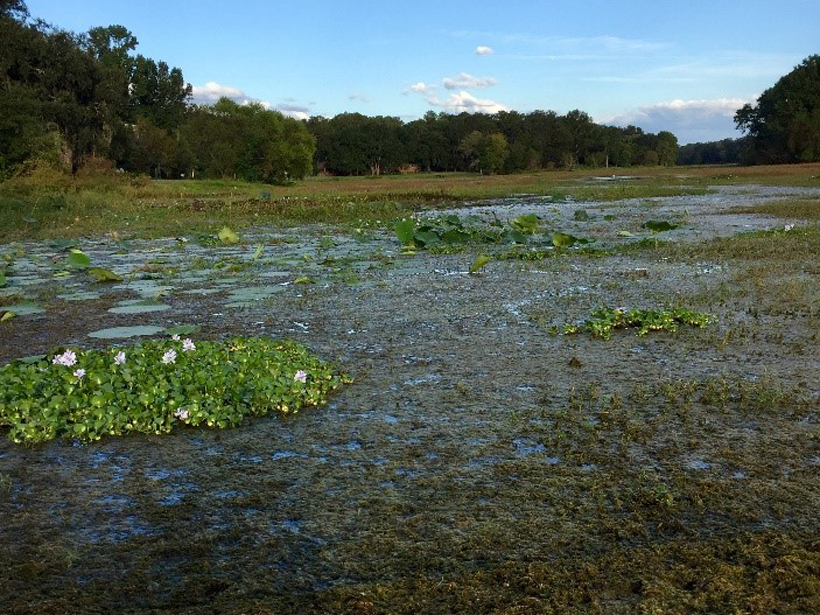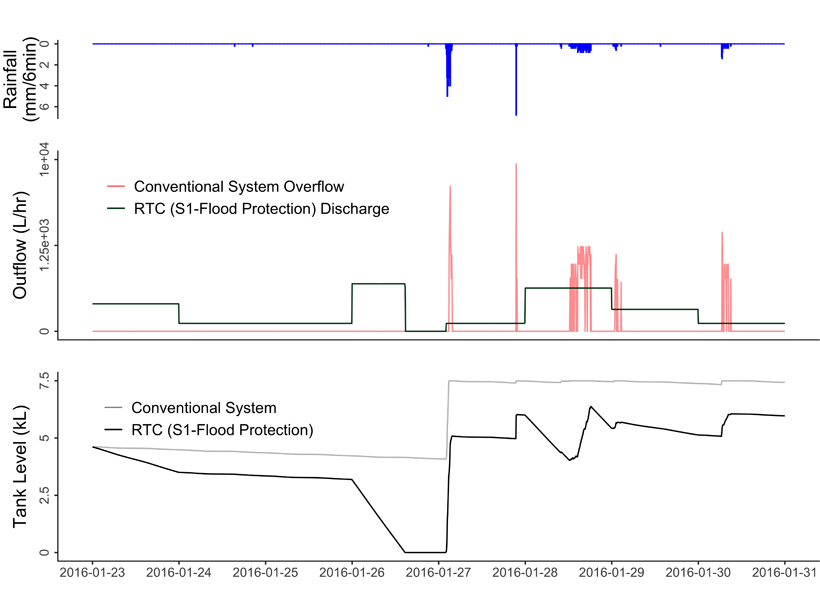Detailed paleomagnetic records from Black Sea sediments reveal intricate changes in the field during geomagnetic excursions.
CC BY-NC-ND 2020
The G20 Is Investing in Fossil Fuels
Among the G20, the United States and United Kingdom have invested the most in fossil fuels since the beginning of 2020.
Soil Signals Tell of Landscape Disturbances
The lasting influence humans have on Earth’s critical zone—and how geologic forces have mediated those influences—is revealed in studies of soil and carbon migration.
Life Teems Below the Surface
Scientists are resolving how plants, microbes, and lithology sculpt the structure of the critical zone.
Demystifying Critical Zone Science to Make It More Inclusive
A new network that embraces scientists with wide-ranging experiences and expertise aims to solve the challenges of Earth’s critical zone.
Critical Zone Science Comes of Age
The developing field, which unites Earth scientists to examine the planet’s surface as a single, unified entity, is unraveling the complex, interconnected processes that support life on Earth.
Perspectives on Parenting While Researching (During a Pandemic)
Four Earth scientists and a psychologist reflect on balancing parenthood and professional careers in academia amid the COVID-19 pandemic.
Exploring the Widespread Impacts of Ongoing Nitrogen Pollution
The release of reactive nitrogen into the environment is having severe and ongoing ecosystem, economic, and human health impacts. How can we reduce our nitrogen footprint?
Rainwater Harvesting Can Reduce Flooding as Well as Saving Water
Weather forecasting can greatly improve benefits of rainwater harvesting.
Tropical Cyclones Suppress Rainfall in Their Wakes
Passing storms dredge up colder ocean water, curbing evaporation and decreasing cloud coverage and rainfall for weeks, satellite data reveal.










